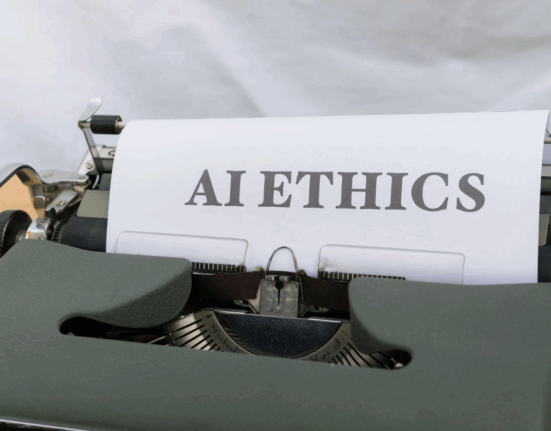Introduction: The Need for Algorithmic Transparency
Artificial intelligence is everywhere — in hiring, healthcare, finance, and even law enforcement. But how do we know these systems are fair? The answer lies in algorithmic transparency. By making AI systems explainable, organizations build trust, ensure fairness, and prevent hidden discrimination.
What Is Algorithmic Transparency?
Algorithmic transparency means making the inner workings of AI systems understandable to humans. Instead of a “black box,” AI becomes explainable and accountable.
Why Algorithmic Transparency Matters for Ethical AI
1. Building Trust
Users are more likely to adopt AI when they understand its decisions.
2. Ensuring Fairness
Transparency exposes bias and discrimination in algorithms.
3. Accountability
Clear explanations make it easier to assign responsibility when AI systems fail.
4. Regulatory Compliance
Laws like GDPR already require explainability in automated decisions.
Risks of Opaque AI Systems
- Reinforcing hidden biases in decision-making.
- Lack of accountability when mistakes occur.
- Widespread mistrust from users and the public.
- Ethical concerns in sensitive areas like healthcare and policing.
Examples of Transparency in Action
- Healthcare: AI diagnostic tools explain why an anomaly is flagged in scans.
- Finance: Credit scoring systems reveal which factors influence approvals.
- Hiring: Recruitment AI tools share why resumes are shortlisted or rejected.
Challenges to Achieving Algorithmic Transparency
Technical Complexity
Deep learning models are difficult to explain in simple terms.
Trade-Offs with Accuracy
Simpler, transparent models may be less accurate than black-box systems.
Intellectual Property Concerns
Companies may hesitate to reveal algorithms to protect trade secrets.
Lack of Standards
No universal framework exists for transparent AI.
Strategies for Enhancing Algorithmic Transparency
1. Explainable AI (XAI)
Use tools that break down complex models into human-friendly explanations.
2. Regular Audits
Independent reviews catch hidden bias or unfair patterns.
3. Clear Documentation
Maintain records of how models are trained and validated.
4. Human Oversight
Combine automated systems with human judgment for critical decisions.
The Role of Governments and Institutions
Governments are introducing regulations that mandate transparency in AI. Organizations that adopt algorithmic transparency early will gain a competitive edge in trust and compliance.
Future of Algorithmic Transparency in Ethical AI
Global Standards
Expect international frameworks defining transparency requirements.
AI Ethics Officers
Companies will hire specialists to oversee responsible AI use.
Public Involvement
Users will demand explanations for how AI affects their lives.
Ethics by Design
Future systems will embed transparency into their architecture.
Conclusion: Transparency Builds Ethical AI
Algorithmic transparency is not just a technical requirement — it’s an ethical obligation. By prioritizing explainability, organizations can ensure fairness, accountability, and long-term trust in artificial intelligence.
FAQ
1. What is algorithmic transparency?
It’s the practice of making AI decisions understandable and explainable to humans.
2. Why is algorithmic transparency important?
It builds trust, ensures fairness, and makes accountability possible.
3. What challenges exist in achieving transparency?
Complex models, trade-offs with accuracy, and lack of global standards.
4. How can companies improve AI transparency?
Through explainable AI tools, audits, documentation, and human oversight.
5. What is the future of algorithmic transparency?
Expect global regulations, AI ethics officers, and transparency by design.








